We had the pleasure of bringing graphic novelist Jarrett J. Krosoczka to our school yesterday. He gave presentations to four different grades about his work as a writer and artist, and shared his writing process and passions for making books. Krosoczka is the creator of the very popular Lunch Lady series, and his recent book is Hey, Kiddo.
His origin story of the Lunch Lady series was interesting. He told of going back to his old elementary school as an adult, and spending time with a lunch lady who used to serve him lunch, only to realize that she had a whole life outside of the school building (shocker). He wanted to write a picture book about the cafeteria staff, only to realize that one small strand of that book — a lunch lady as an undercover agent, whose mission is to protect the school and students — should be its own book, and that the comic format of a graphic novel was the way to tell that story. It took eight years from that spark of an idea to publication of the first book, he told the students.
Meanwhile, in preparation for his visit, students across our school have been working on projects, including graphic novel stories, in art class to recognize and celebrate our own lunch staff and other support staff workers in the building. During one of the sessions with Krosoczka, the staff from the cafeteria was brought in, and celebrated, with students performing a rap and short opera they wrote for them as appreciation.
My sixth grade students met him at the end of the day, after a long morning of state math testing, so it was a nice counterpoint to that to hear Krosoczka describe how he came to love reading, and then making, comics, and how it was his passion for art and writing — and lots of persistence in the face of rejection, particularly for his first picture book — that got him to where he is today, as the writer/illustrator on dozens of books.
It’s one thing to teach students the art of writing; It’s another to hear a writer tell of their experiences. Krosoczka wove the two strands together, and hopefully inspired young writers to write (and draw).
Peace (on the page),
Kevin

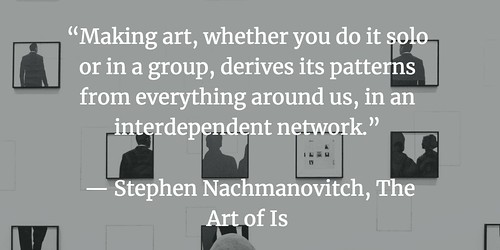


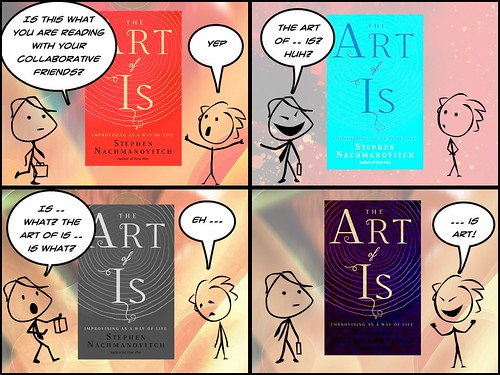
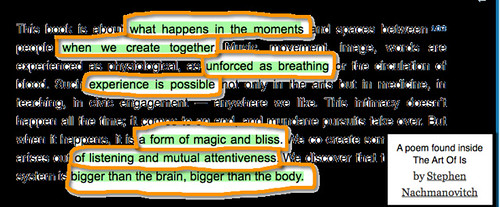

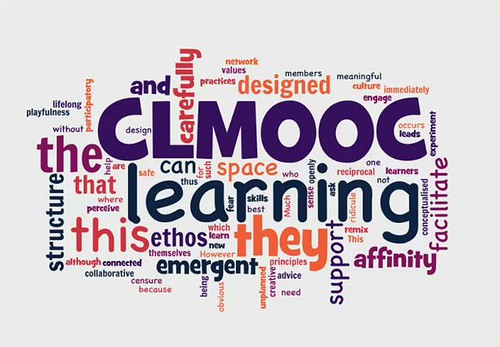
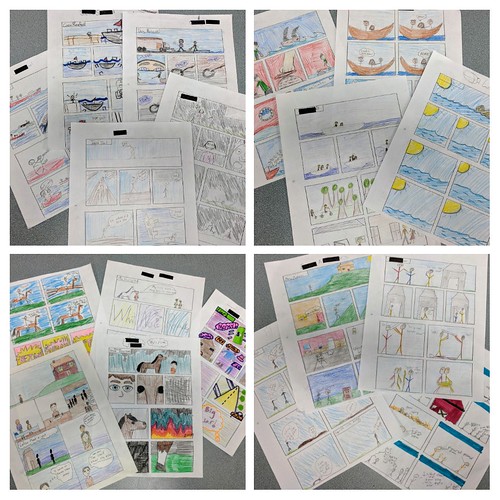
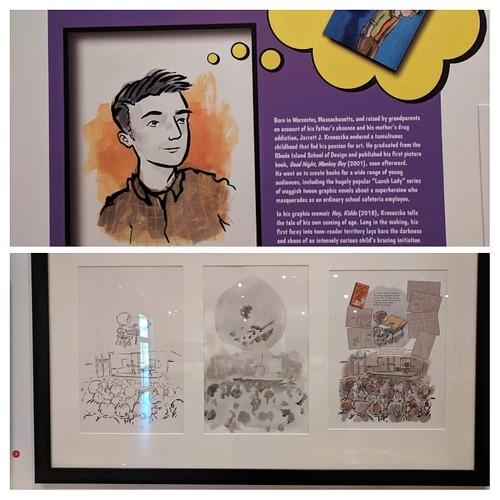

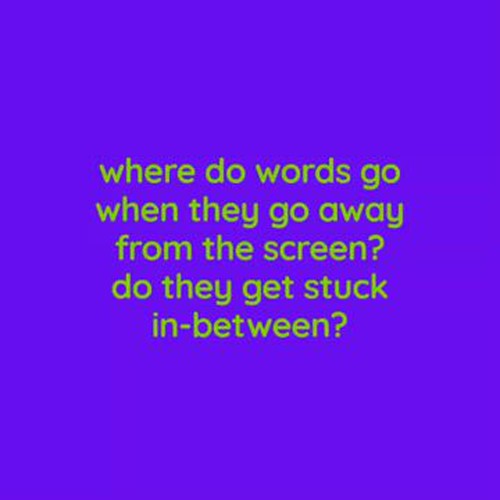

 (Created in the Legend app)
(Created in the Legend app)


 (Created in Legend app)
(Created in Legend app)

